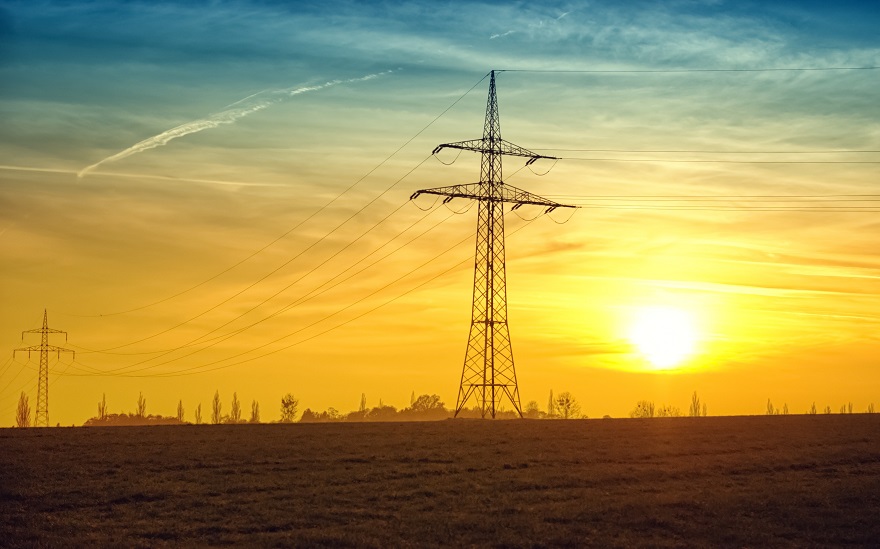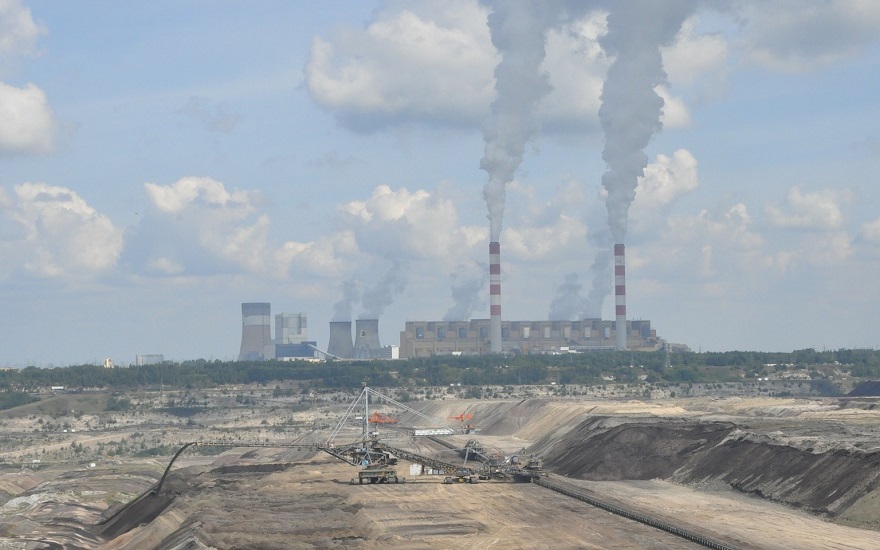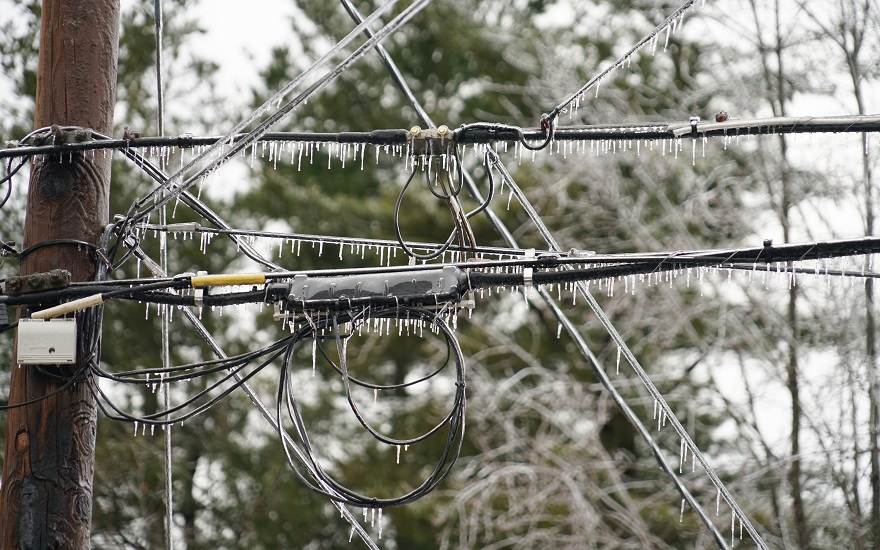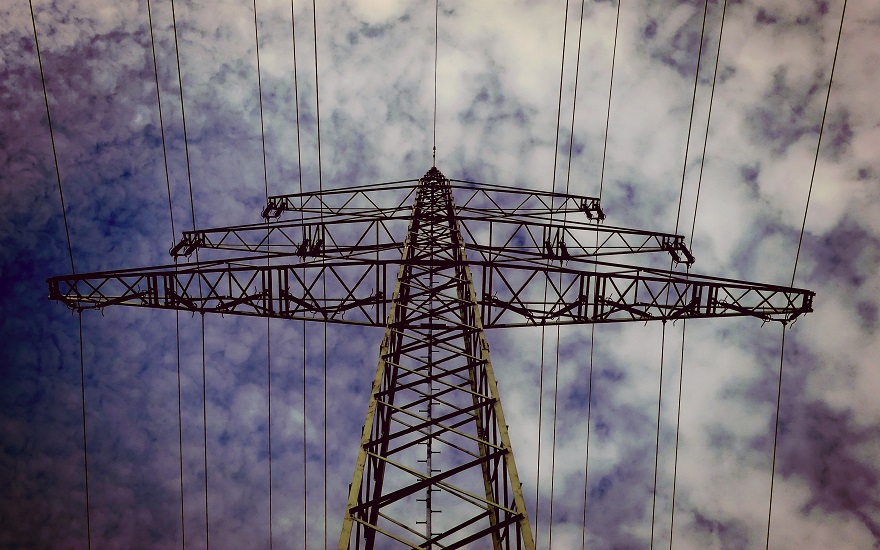National Grid ESO publishes its interim report into last week’s major power failure.
The electricity system operator’s initial analysis into the 9 August blackout pins the blame on a lightning strike that led to two power generators disconnecting from the grid.
In total 1,378 MW of power was unexpectedly lost, resulting in grid frequency falling outside the normal range of 49.5-50.5 Hz.
Around 1,000 MW of reserve power held by National Grid – including 472 MW of battery storage – was deployed, but this couldn’t stop the frequency dropping again to 48.8 Hz.
At this point the Low Frequency Demand Disconnection (LFDD) scheme kicked in, automatically disconnecting around 5% of Britain’s electricity users (circa 1.1 million customers) to “ensure the safety and integrity” of the wider network.
The interim report reveals the incident is the first time that LFDD has been deployed in more than a decade, evidence of the seriousness, not to mention rarity, of the August outage.
Users cut-off during LFDD were without electricity for between 15 and 50 minutes, although the train network in particular experienced significant disruption that ran on for several hours.
Some critical facilities were also impacted. Ipswich Hospital lost power because of issues with its own power protection systems.
While supplies to Newcastle International Airport were interrupted after it was disconnected as part of LFDD.

What Does The Interim Report Say?
The interim report’s preliminary findings include:
- Two almost simultaneous unexpected power losses at Hornsea and Little Barford occurred independently of one another, but each associated with the lightning strike. As generation would not be expected to trip off or de-load in response to a lightning strike, this appears to represent an extremely rare and unexpected event.
- This was one of many lightning strikes that hit the electricity grid on the day, but this was the only one to have a significant impact; lightning strikes are routinely managed as part of normal system operations.
- The protection systems on the transmission system operated correctly to clear the lightning strike and the associated voltage disturbance was in line with what was expected.
- These events resulted in an exceptional cumulative level of power loss greater than the level required to be secured by the Security Standards and as such a large frequency drop outside the normal range occurred.
- The Low Frequency Demand Disconnection (LFDD) system worked largely as expected.
- The Distribution Network Operators quickly restored supplies within 31 minutes once the system was returned to a stable position.
- Several critical loads were affected for a number of hours by the action of their own systems, in particularly rail services.
What Actually Happened?
Here’s how the interim report describes the events of Friday 9 August:
At 16:52:33 on Friday there were a number of lightning strikes on the transmission network north of London. This triggered the transmission line protection to disconnect and clear the disturbance (in 70ms) plus initiate its subsequent reconnection (automatically after roughly 20 seconds).
This operated as normal and the voltage disturbance on the network from the lightning was within expected limits for such an event.
As would be expected in such circumstances there was the loss of some small embedded distributed generation (totalling around 500 MW) associated with the transient voltage disturbance caused by the lightning.
Almost simultaneously, and unexpectedly, two large transmission connected generators (Hornsea and Little Barford) reduced their output onto the system.
The scale of the subsequent loss of output was beyond the security standards and resulted in a large and fast fall in frequency.
This rapid fall initiated further small power sources on the distribution network to disconnect, increasing the loss of power generation and resulting in the frequency falling even further.
Power Loss
- The lightning strike and rapid frequency fall caused the loss of roughly 500 MW of distribution connected generation, likely to be solar and some small gas and diesel fired generation, due to the operation of the generation sources own protection systems.
- Hornsea One offshore wind immediately lost Hornsea modules 2 and 3, totalling 737 MW. Module 1 continued to operate smoothly at 50 MW throughout the event.
- Little Barford Gas Power Station suffered the near immediate loss of the steam turbine unit (244 MW) and then, as a result of the loss of the steam unit, lost the two gas turbine units (total station loss of 641 MW) over the following 90 seconds.
Response and Reserve
Automatic frequency response services acted to try and arrest the fall in system frequency and worked correctly but the loss was too large.
Initially the frequency fell to 49.1 Hz after approximately 15 seconds before beginning to rise again following the deployment of frequency response.
However, the further loss of generation resulted in a second drop in frequency to 48.8 Hz, at which the LFDD mechanism was triggered.
As a result of LFDD, many local areas, homes and business (amounting to approximately 5% of national demand), experienced a power cut from 16:54 until the gradual restoration of their local supply between 17:06 and 17:37, when the last supplies losses associated with LFDD were reconnected to the electricity network.
What Happens Next?
National Grid will now conduct further investigations into the incident and provide a final technical report to the energy regulator Ofgem within the coming month.
This work will focus on:
- Understanding the exact failure mechanisms at Little Barford and Hornsea.
- Continuing to work with the DNOs to understand fully those demand side impacts, including the demand facilities that were disconnected via the LFDD scheme operation and those that lost supply for other reasons during the event.
- A full review of ESO communication processes with industry, government, Ofgem and media, to support timely and effective communication in any future event.
In addition to the system operator’s review of the power cut, the government has also commissioned the Energy Emergencies Executive Committee (E3C) to conduct a comprehensive examination of the event.
Get the full picture about the 9 August 2019 blackout with our full list of articles





